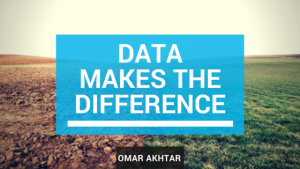
A familiar Chinese proverb instructs: “To know the road ahead, ask those coming back.” The current situation in higher education defies that enduring wisdom. Change arrived suddenly, with little regard for institutional history or might. In this respect, all colleges stand on relatively common ground. All college presidents, to a degree, have become new college presidents. […]

